The aMAAZEing Xiangangcun Bagua Village Adventure
Sunday, August 25, 2013
 Zhaoqing, Guangdong, China
Zhaoqing, Guangdong, China
Hey Hey and a Big G'Day toya,
Chicken bus rides and the Daoist concept of feng shui;
They do actually work together, if in the right direction!
After a bumpy chicken bus journey we stopped and I was told that I had arrived at my destination and even after yesterdays visit to Licha Village after departing I became a little confused as I found myself walking around yet another normal Chinese small town, that of ugly white tiled buildings and thankfully also with vibrant street side market places and no matter where I went I couldn't find the Bagua village.
Thankfully after a short time of zig zagging around and a handful of snacks the locals stepped in pointed me in the right direction.
A squawky old lady then befriended me and after drawing a circle in the dust told me to follow the road around until I returned to her and that’s when I began to find the Ancestral Temples and that the road did take me 'around’ a much larger circle than I expected. After returning to her she took me by the hand and starting pointing out different lane ways to visit as most of the lanes that I first started trying to duck and weave my way around in ended in over grown crumbling homes that made it impossible to pass.
BAGUA VILLAGES
Sadly here in China just like the rest of the world the old has given way to the new and including the Daoist concept of feng shui into the present and future construction of mega cities has been forgotten. But found outside Zhaoqing city the historic gems of Licha and Xiangang are two Bagua Villages which are Ming Dynasty villages constructed in the shape of the eight trigrams of the Dao that represent changes in eight different phases of life.
I’ve included the ‘main Lichacun village picture’ in this entry as once again it is simply impossible for my photos to offer any sort of explanation as to what a Bagua Village actually looks like. In fact even after reading about them I still had only a basic idea of what to expect, that was until yesterday when I arrived and looked at the picture of Lichacun Village.
Feng shui influenced the organisation of the village buildings and spaces to maximize qi which is the current of energy Taoists believe flows through the universe. Harmony is crucial to this concept and manifested in the symmetrical spacing of the houses that appear to expand out from the village centre toward the edge of town.
Xiangangcun Village:
Built during the Ming Dynasty, Xiangangcun Village is larger than Lichacun and much further off the beaten path, in fact down a road that passes rice paddies and banana groves. Unlike Licha, Xiangang has not been earmarked for tourism. While entrance is free, nature has been extremely busy reclaiming much of the village whilst locals relocate to the new side of town. It’s certainly more decrepit and difficult to explore than Licha, though it does boast sixteen ancestral halls that are opened on the first and fifteenth of every lunar month. Also unlike Lichacun, the locals seemed rather amused that I actually came to visit their crumbling and overgrown Bagua village but during my stay in what is a still partially inhabited village I began to see what distinguishes Xiangang somewhat from Licha.
It was nice to hear and see the few that were left going about their lives just as they did many hundreds of years ago......Beers N Noodles toya...shane
________________________________________________________________________
The Soundtrack to this entry was by A Perfect Circle
The album was ‘The Thirteenth Step’
________________________________________________________________________
Other Entries
-
763Porky The Pig & The Flash N Whirly Movement
Jul 1838 days prior Dexing, Chinaphoto_camera50videocam 0comment 0
Dexing, Chinaphoto_camera50videocam 0comment 0 -
764Far Too Much Beer N BBQ & Some Parks & Gardens
Jul 2234 days prior Fuzhou, Chinaphoto_camera30videocam 0comment 0
Fuzhou, Chinaphoto_camera30videocam 0comment 0 -
765Linchuan Pagoda Village Adventure
Jul 2333 days prior Fuzhou, Chinaphoto_camera30videocam 0comment 0
Fuzhou, Chinaphoto_camera30videocam 0comment 0 -
766Falling In & Out Of Love With Jinggang Town
Jul 2828 days prior Jinggangshan, Chinaphoto_camera40videocam 0comment 0
Jinggangshan, Chinaphoto_camera40videocam 0comment 0 -
767A Short Hobble To The Revolutionary Museum
Jul 2927 days prior Jinggangshan, Chinaphoto_camera40videocam 0comment 0
Jinggangshan, Chinaphoto_camera40videocam 0comment 0 -
768Longtan & Shuikou Waterfall Park Adventures
Jul 3026 days prior Jinggangshan, Chinaphoto_camera50videocam 0comment 0
Jinggangshan, Chinaphoto_camera50videocam 0comment 0 -
769The DuJuanShan Mountain Adventure
Jul 3125 days prior Jinggangshan, Chinaphoto_camera50videocam 0comment 0
Jinggangshan, Chinaphoto_camera50videocam 0comment 0 -
770Huangyanjie & Maoping Adventures
Aug 0124 days prior Jinggangshan, Chinaphoto_camera50videocam 0comment 0
Jinggangshan, Chinaphoto_camera50videocam 0comment 0 -
771Baizhuyuan Mint & Dajing Adventure
Aug 0223 days prior Jinggangshan, Chinaphoto_camera50videocam 0comment 0
Jinggangshan, Chinaphoto_camera50videocam 0comment 0 -
772Exploring Ganzhou's Ancient Areas & City Wall
Aug 0619 days prior Ganzhou, Chinaphoto_camera50videocam 0comment 0
Ganzhou, Chinaphoto_camera50videocam 0comment 0 -
773Several Days Of Extremely Hot River Walks
Aug 1015 days prior Ganzhou, Chinaphoto_camera30videocam 0comment 0
Ganzhou, Chinaphoto_camera30videocam 0comment 0 -
774I Finally Found Longnans Old Quarter
Aug 1114 days prior Longnan County, Chinaphoto_camera35videocam 0comment 0
Longnan County, Chinaphoto_camera35videocam 0comment 0 -
775The Amazing Guanxi New and Old Forts Adventure
Aug 1312 days prior Longnan County, Chinaphoto_camera50videocam 0comment 0
Longnan County, Chinaphoto_camera50videocam 0comment 0 -
776The Shaba Art Fort and Rice Wine Fort Adventure
Aug 169 days prior Longnan County, Chinaphoto_camera60videocam 0comment 0
Longnan County, Chinaphoto_camera60videocam 0comment 0 -
777Wudang Mountain and I Will Never Be Friends
Aug 205 days prior Longnan County, Chinaphoto_camera10videocam 0comment 0
Longnan County, Chinaphoto_camera10videocam 0comment 0 -
778The Wonderful Yangcun Village Adventure
Aug 223 days prior Longnan County, Chinaphoto_camera45videocam 0comment 0
Longnan County, Chinaphoto_camera45videocam 0comment 0 -
779The aMAAAZEing Bagua Lichacun Village Adventure
Aug 241 day prior Zhaoqing, Chinaphoto_camera60videocam 0comment 0
Zhaoqing, Chinaphoto_camera60videocam 0comment 0 -
780The aMAAZEing Xiangangcun Bagua Village Adventure
Aug 25 Zhaoqing, Chinaphoto_camera60videocam 0comment 0
Zhaoqing, Chinaphoto_camera60videocam 0comment 0 -
781Finally The Baimiao River Temple Adventure
Aug 272 days later Qingyuan, Chinaphoto_camera60videocam 0comment 0
Qingyuan, Chinaphoto_camera60videocam 0comment 0 -
782The Baimiao River Walking Home Adventure
Aug 272 days later Qingyuan, Chinaphoto_camera30videocam 0comment 0
Qingyuan, Chinaphoto_camera30videocam 0comment 0 -
783Kicking Around KungFu Style in Guangzhou
Aug 294 days later Guangzhou, Chinaphoto_camera60videocam 0comment 0
Guangzhou, Chinaphoto_camera60videocam 0comment 0 -
784The Diaozhong to Xiangtun Link Adventures Found
Sep 2228 days later Dexing, Chinaphoto_camera50videocam 0comment 0
Dexing, Chinaphoto_camera50videocam 0comment 0 -
785Mid Autumn Festival & Grains of Time
Sep 2935 days later Dexing, Chinaphoto_camera50videocam 0comment 0
Dexing, Chinaphoto_camera50videocam 0comment 0 -
786Tripitaka & Monkey Magic & I Forgot My Birthday!
Oct 2056 days later Dexing, Chinaphoto_camera50videocam 0comment 0
Dexing, Chinaphoto_camera50videocam 0comment 0 -
787Happy Little Smiles For Another Sad Goodbye
Nov 1178 days later Dexing, Chinaphoto_camera50videocam 0comment 0
Dexing, Chinaphoto_camera50videocam 0comment 0 -
788Hot Pot With The Gang of Sisters & School Sports
Nov 1986 days later Dexing, Chinaphoto_camera50videocam 0comment 0
Dexing, Chinaphoto_camera50videocam 0comment 0 -
789The Past Few Weeks Have Been Totally Noodlesome
Dec 19116 days later Dexing, Chinaphoto_camera50videocam 0comment 0
Dexing, Chinaphoto_camera50videocam 0comment 0 -
790My Students Beautiful New Years Performance
Dec 29126 days later Dexing, Chinaphoto_camera40videocam 0comment 0
Dexing, Chinaphoto_camera40videocam 0comment 0 -
791Happy Christmas, New Year & Happy BirthdayDay Fran
Jan 08136 days later Dexing, Chinaphoto_camera50videocam 0comment 0
Dexing, Chinaphoto_camera50videocam 0comment 0 -
792The Nanchang New Year Adventure
Feb 03162 days later Nanchang, Chinaphoto_camera40videocam 0comment 0
Nanchang, Chinaphoto_camera40videocam 0comment 0 -
793The Guangze County With Ting Ting Adventure
Feb 08167 days later Guangze County, Chinaphoto_camera40videocam 0comment 0
Guangze County, Chinaphoto_camera40videocam 0comment 0 -
794The Original Shaowu Crew Back Together
Feb 10169 days later Shaowu, Chinaphoto_camera35videocam 0comment 0
Shaowu, Chinaphoto_camera35videocam 0comment 0 -
795The Back In Guangze With Ting Ting Adventure
Feb 16175 days later Guangze County, Chinaphoto_camera30videocam 0comment 0
Guangze County, Chinaphoto_camera30videocam 0comment 0 -
796Welcoming Spring With The Gang of Sisters
Mar 16203 days later Dexing, Chinaphoto_camera30videocam 0comment 0
Dexing, Chinaphoto_camera30videocam 0comment 0 -
797A Cartoon Village About Chicken Plucking
Apr 20238 days later Dexing, Chinaphoto_camera50videocam 0comment 0
Dexing, Chinaphoto_camera50videocam 0comment 0 -
798Winter Walks Around The Other Side of The City
May 18266 days later Dexing, Chinaphoto_camera50videocam 0comment 0
Dexing, Chinaphoto_camera50videocam 0comment 0

 Zhaoqing, Guangdong, China
Zhaoqing, Guangdong, China
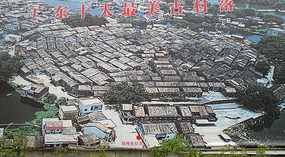
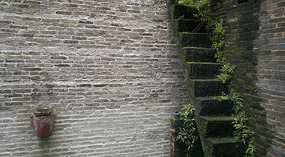
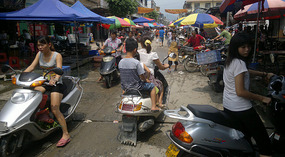

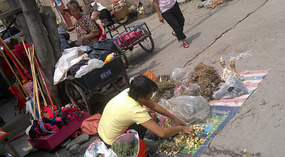
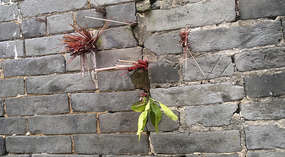
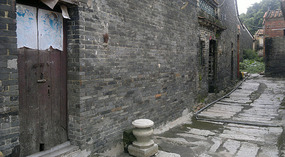
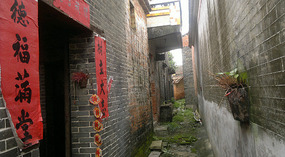
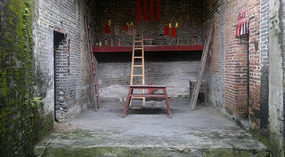
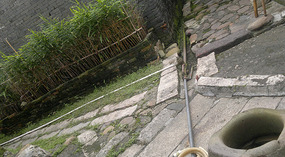
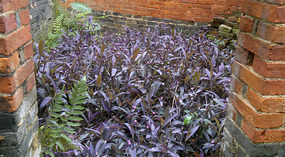
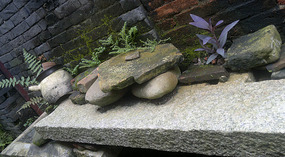
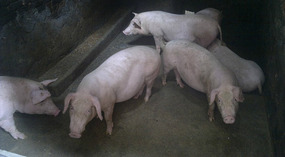
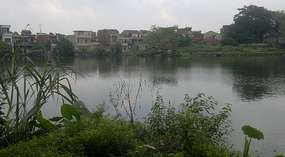
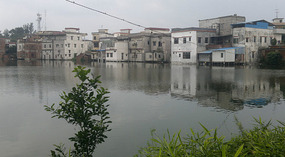


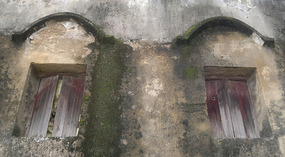
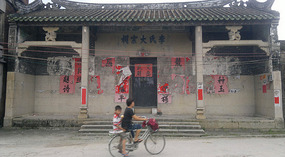
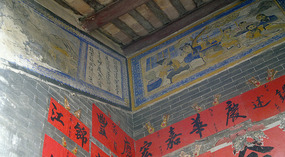
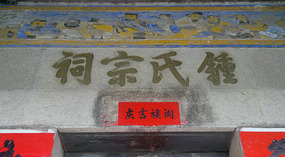
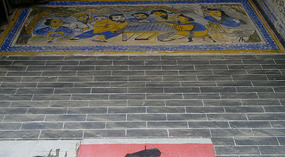
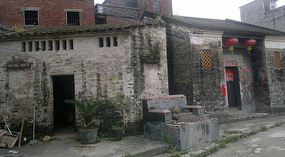
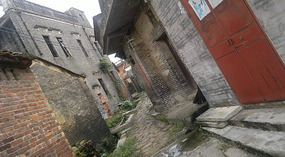
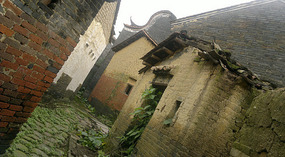
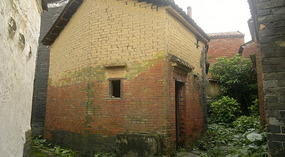

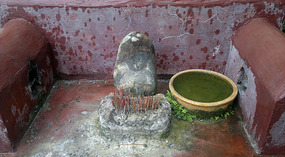
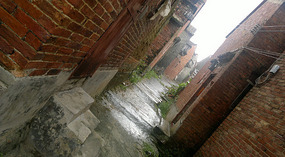
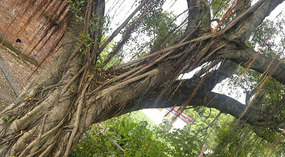
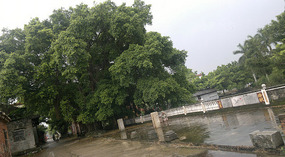
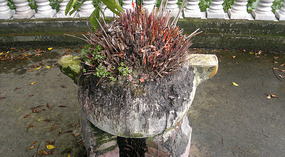
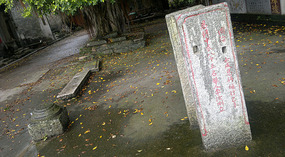
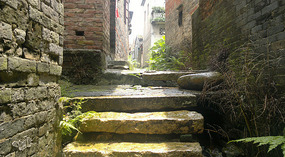
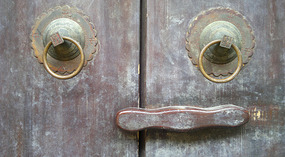



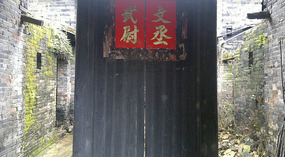
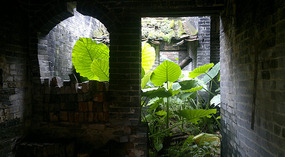
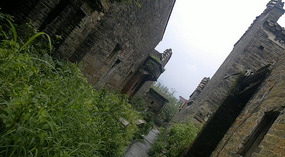
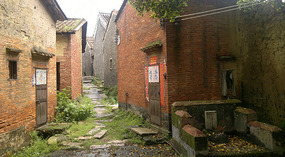
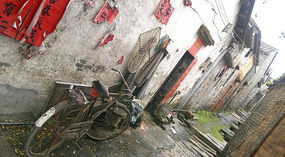
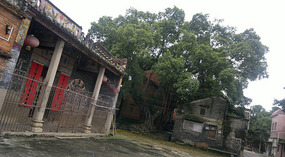

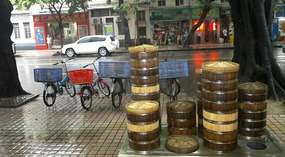
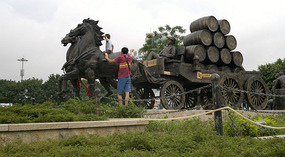
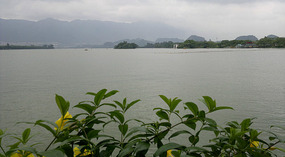
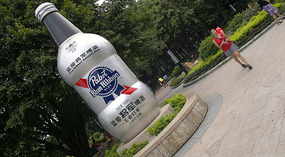
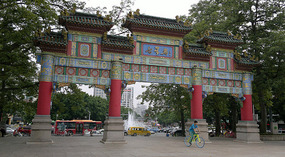
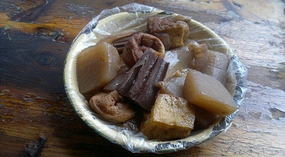
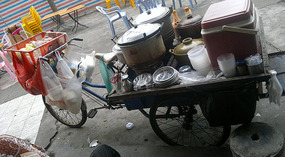
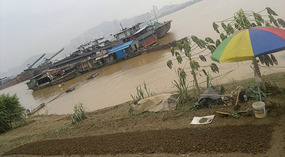
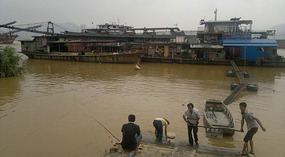

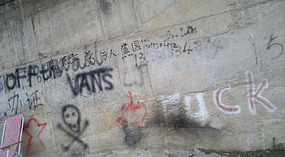
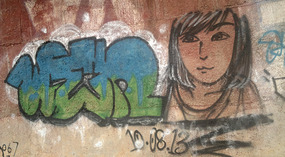
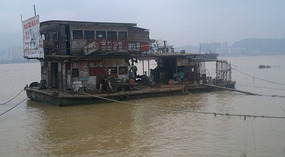
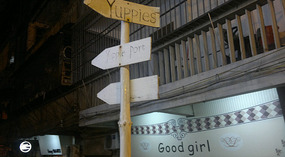

2025-05-22